The shrinking of the Greenland Ice Sheet can’t be stopped—but it can and must be slowed
By Twila Moon | March 12, 2025
The shrinking of the Greenland Ice Sheet can’t be stopped—but it can and must be slowed
By Twila Moon | March 12, 2025
Picture yourself pouring a liter of water into the ocean, the stream quickly disappearing into the surf. Now imagine every person on Earth, all 8.025 billion of us, adding a liter of water to the ocean every 15 minutes, day in and day out, for the last 22 years. The steady and substantial influx of freshwater would change the ocean’s salt content, alter current patterns, and raise sea levels. This is what’s happening as the Greenland Ice Sheet shrinks.
Covering the world’s largest island, the Greenland Ice Sheet is one of the globe’s biggest and most important water towers. The ice sheet reaches more than 3 kilometers thick in the center and drapes more than 2,000 kilometers north-south and nearly 1,000 kilometers east-west, blanketing mountain ranges and grand canyons.
Imagine standing on an endless white plain under a boundless sky while wearing your warmest jacket, super-dark sunglasses shielding against the dizzying white, wind blowing past towards the distant coast. No plants, no animals—only the blank smell of crisp, cold air. As you march towards the coast, rocky mountain tops begin to pierce through the ice. In some places, you could jump straight from the ice sheet into the ocean. In others, the ice tapers out and strips of rugged tundra landscape appear, sometimes harboring a small town or village. This is the otherworldliness of Greenland and the Greenland Ice Sheet.
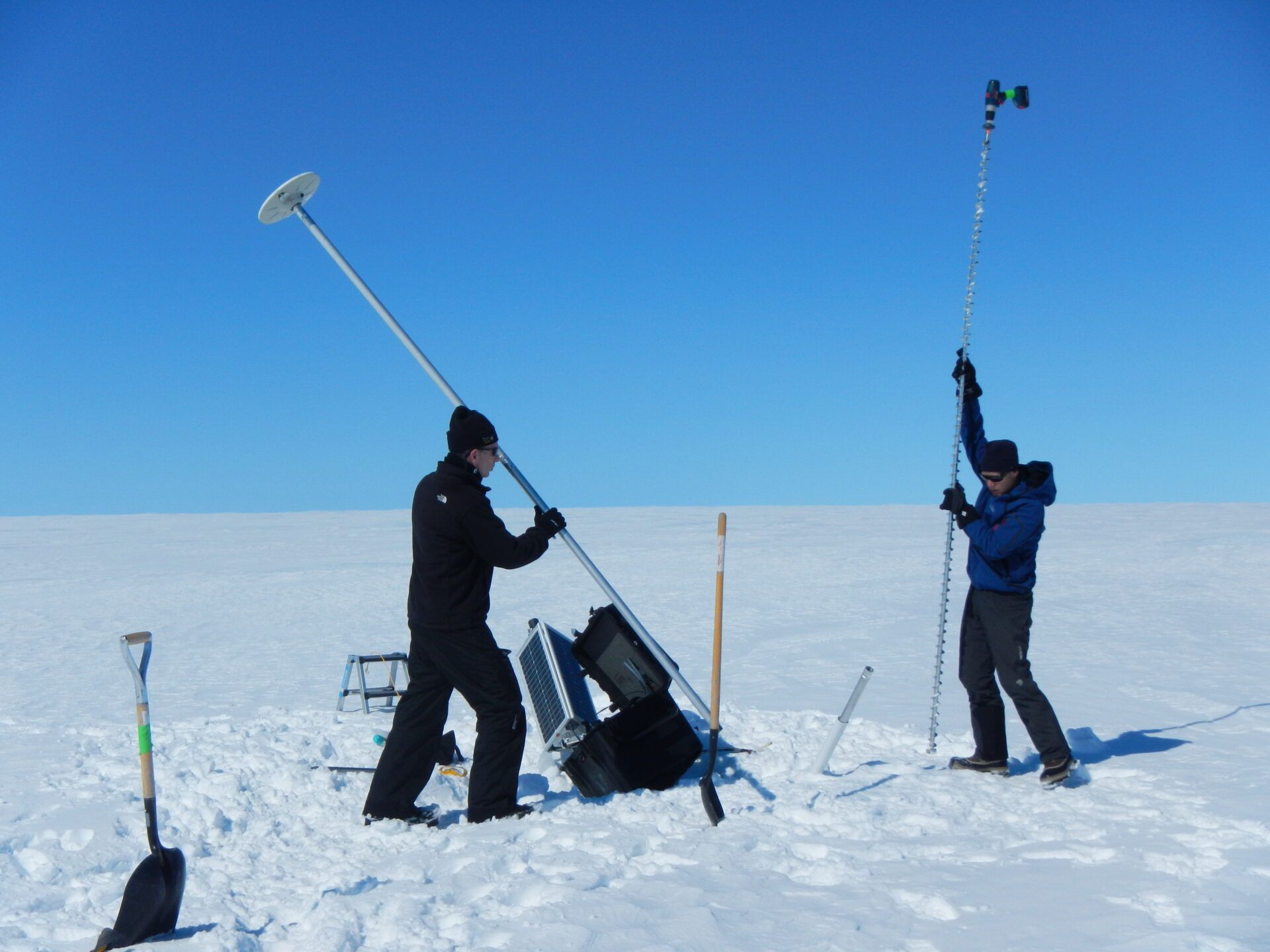
I’ve been studying this ice for 20 years. Rapid change is already underway. 2024 marked the 27th year in a row that the ice sheet shrank, losing an average of 269 gigatons (269 billion tons) of ice every year since 2002. The Greenland Ice Sheet will certainly continue to lose ice for hundreds or thousands of years due to human-caused warming. But the pace of ice loss, which determines how fast impacts grow and how much time people and society have to adapt, is still not settled. What humans do now, and especially through the end of this decade, will set that pace.
The Greenland Ice Sheet is not the only important ice mass on the planet, but it plays an especially critical role at this moment in climate history. Over the last few decades, the Greenland Ice Sheet, which holds a potential 7.4 meters of average sea level rise, has become a major contributor to rising seas. Hundreds of smaller glaciers and ice caps around the world are also quickly shrinking, but their potential contribution to average sea level rise is only about 30 centimeters (Hock et al. 2023). On the other end of the scale, the Antarctic Ice Sheet holds a whopping 58 meters of potential sea level rise. But Antarctica currently loses less than half the ice mass that Greenland does each year (future increases in Antarctic ice loss are expected, but not yet arrived).
Greenland ice melt is already impacting the salinity of the surrounding ocean, with the potential for altering coastal ecosystems and shifting species ranges. This threatens the health and stability of the fisheries that most of Greenland’s ~56,000 residents depend upon.
Greenland ice loss also influences the behavior of the entire Atlantic Ocean. Throughout human history, the Atlantic Ocean has sustained a vast water circulation system. Warm surface waters move northward from the equator towards Scandinavia and Northern Europe. These warm waters bring a relatively temperate climate to the region; Norway spans similar latitudes as the lower half of Greenland, but the weather is milder. When these waters reach the North Atlantic, they mix with cold salty water coming down from the Arctic Ocean. This mixing makes the water denser and it drops from the ocean surface down into the depths, turns back southward, and flows past southern Greenland and the US East Coast. This system is called the Atlantic Meridional Overturning Circulation or “AMOC” (pronounced Aye-mock).
As Greenland ice loss pours colder freshwater into the North Atlantic, it helps to disrupt the mixing process. The consequences of AMOC slowing are serious. Without warm ocean waters moving towards Northern Europe the region will experience more extreme cold events and storminess–the kind of “global weirding” that comes with global warming. If surface ocean water stops being moved quickly into the ocean depths, it cannot bring oxygen and critical nutrients to deeper waters. Without these life-giving nutrients, North Atlantic ecosystems could crash.
As we zoom out further, sea level rise from ice loss in Greenland touches every shore on the planet. The impacts are varied and extensive, including health hazards from flooded sewage systems or saltwater inundation of freshwater resources, coastal erosion and land loss, and new, increasing, or persistent flooding. And, if the AMOC slows, water can pile up along the US East Coast, raising sea levels even more quickly in that region. How much ice stays frozen in Greenland, and for how long, is a question of global concern.
The mechanics of ice loss
If you take an ice cube from the freezer and leave it on the counter, it will eventually disappear, i.e., melt. For a frozen mass as large as the Greenland Ice Sheet, it’s a bit more complex. Glaciologists generally divide ice loss into two processes, which can most simplistically be described as breaking and melting.
While the ice in your freezer appears solid, ice can flow when you have a sufficient amount of it. The Greenland Ice Sheet is in constant motion, spreading slowly away from the thick center towards the coasts, speeding up as it nears the edge. Toward the ice sheet edge, there are faster-flowing outlet glaciers that act as especially quick conveyor belts to move ice from the interior to the ocean edge. Reaching speeds of 10 or more kilometers per year, these glaciers break or “calve” huge icebergs—as much as a kilometer thick—into the ocean year-round. This “dynamic ice loss” is one of two important processes that remove ice from the ice sheet and add it to our ocean. Dynamic ice loss is a normal and ongoing process (the iceberg that sunk the Titanic was probably once a part of the Greenland Ice Sheet). But during the 21st century, these icy conveyor belts have sped up by about 15 percent (Poinar et al. 2024).
Animations showing Greenland ice mass losses between 2002 and 2023, and the conveyor belt-like flow that carries ice from the center of the ice sheet to the coastlines, speeding up at the edges. Adapted by Thomas Gaulkin from NASA / JPL/Caltech /Goddard Space Flight Center Scientific Visualization Studio.
The location of the ice sheet edge and the ends of these glaciers have also pulled back. Some of my early research took a first inventory of Greenland outlet glacier retreat. Spending hundreds of hours using satellite images to map the changes in glacier end locations from 1992 to 2007 was a slow and sobering meditation on the dramatic ice retreat that took hold in the 21st century. Ice is now moving more quickly from the interior to the edge and arriving at the edge sooner. The ice sheet is already a deflated version of its former self.
The Greenland Ice Sheet undergoes a seasonal cycle of adding mass (mostly in winter) through snowfall and then losing mass in summer via snow and ice melt. This snowfall must be large enough to offset summer melt and iceberg loss for the ice sheet to maintain or grow its mass. This budget, adding snow to the ice sheet and then removing some of the snow and ice via surface melt, is called “surface mass balance” and is the second process that removes ice mass from the Greenland Ice Sheet. Unfortunately, maintaining ice mass has been a losing battle for almost 3 decades.
Between 2000 and 2020, the Eqi Glacier retreated by three kilometers. Animation by Thomas Gaulkin; source images: Google Earth; spatial data from QGreenland/Joughin et al. 2021.
Irreversible losses
The melting of the Greenland Ice Sheet is one of the Earth system tipping points. But what exactly is the Greenland Ice Sheet’s tipping point and what would it mean to cross it?
“Tipping point” is a tricky phrase for scientists because it’s poorly defined. Among non-scientists, the phrase brings to mind near-instant shifts that occur over seconds or a few days, perhaps a year. It also suggests an “out of my hands” response, as in, “We’ve crossed a tipping point, so there’s nothing to be done.” Neither of these interpretations serve us well in understanding the threshold the Greenland Ice Sheet has already crossed.
For a system the scale of the Greenland Ice Sheet, a multidecadal record more reliably tells us about its behavior than second-by-second or even year-by-year changes. And the multidecadal record—even the millennial-scale record—is clear. After thousands of years of moderate change due to natural variability and relative stability, human-caused warming, which has brought atmospheric carbon dioxide levels to those not seen in roughly 3 million years, has pushed the ice sheet into an ongoing state of ice loss. Ice loss rates higher than any experienced within the last 12,000 years—the period of relative climate stability that has allowed modern civilization to flourish—are anticipated within the next 80 years (Briner et al. 2020).
Sea level rise, including contributions from ice loss, has been tracking at the high end of climate projections (Hanna et al. 2024; Slater et al. 2020). There are no realistic future scenarios that result in a stabilizing or growing Greenland Ice Sheet within many centuries. On our human timescales of days to decades, Greenland ice loss is irreversible—what has already been lost and future losses to come.
The Greenland Ice Sheet is burdened by many potential vicious amplifying cycles (“positive feedback loops” in scientist speak). For example, as the ice sheet surface melts its elevation is lowered. Lower elevations have warmer air (think of descending a mountain), and the newly lowered surface can now melt more easily and continue to fall. A vicious amplifying cycle of elevation lowering and melt ensues. Changes in ice sheet surface reflectivity, known as albedo, create another such cycle. As winter snow melts away, darker glacial ice is revealed around the ice sheet periphery. Like putting on a black t-shirt, this darker surface absorbs energy and radiation more easily, heating and melting the ice more quickly. As the ice melts, it leaves behind the dust and particles that darkened it and remaining ice crystals change shape, sometimes creating an even darker surface primed to melt more easily.
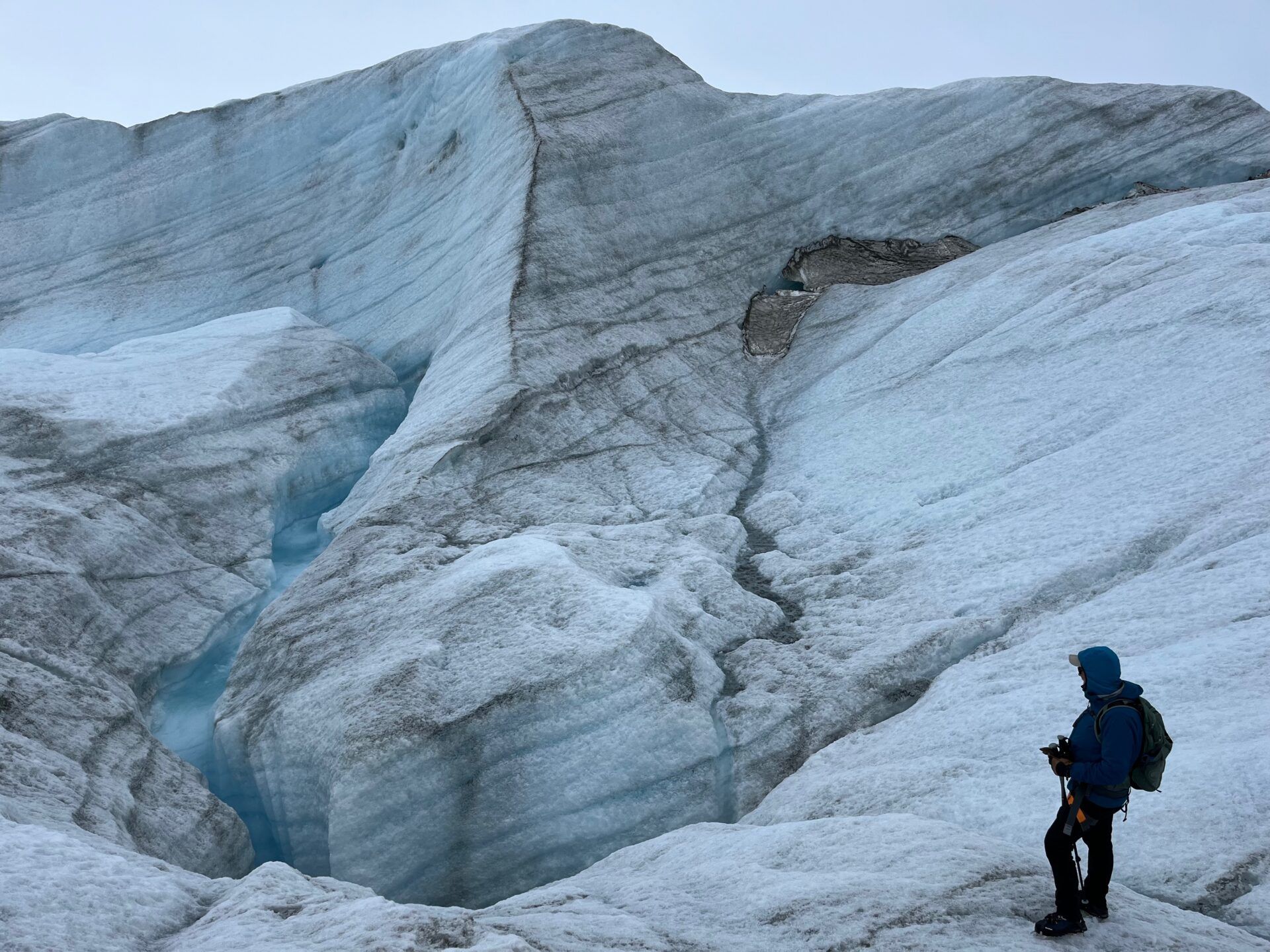
Vicious amplifying cycles also lurk at the ice sheet edge. Warming ocean waters are now reaching the ice sheet edge, increasing melt where the ice sheet is in contact with the ocean via outlet glaciers and sometimes making it easier to calve icebergs. If you remove more ice from the end of an outlet glacier than the forward flow can replace, the end of the glacier retreats. This removes ice that was previously helping to hold back the ice behind it. Without this extra ice support, the remaining ice can move forward more quickly. That speedup starts from the ocean-end of the outlet glacier, while the ice towards the interior doesn’t speed up as quickly. As a result, the outlet glacier thins, like pulling at the end of a big slab of taffy. This thinner outlet glacier is now more vulnerable to additional calving and retreat, and a reinforcing loop is created: retreat, speedup, thinning, retreat.
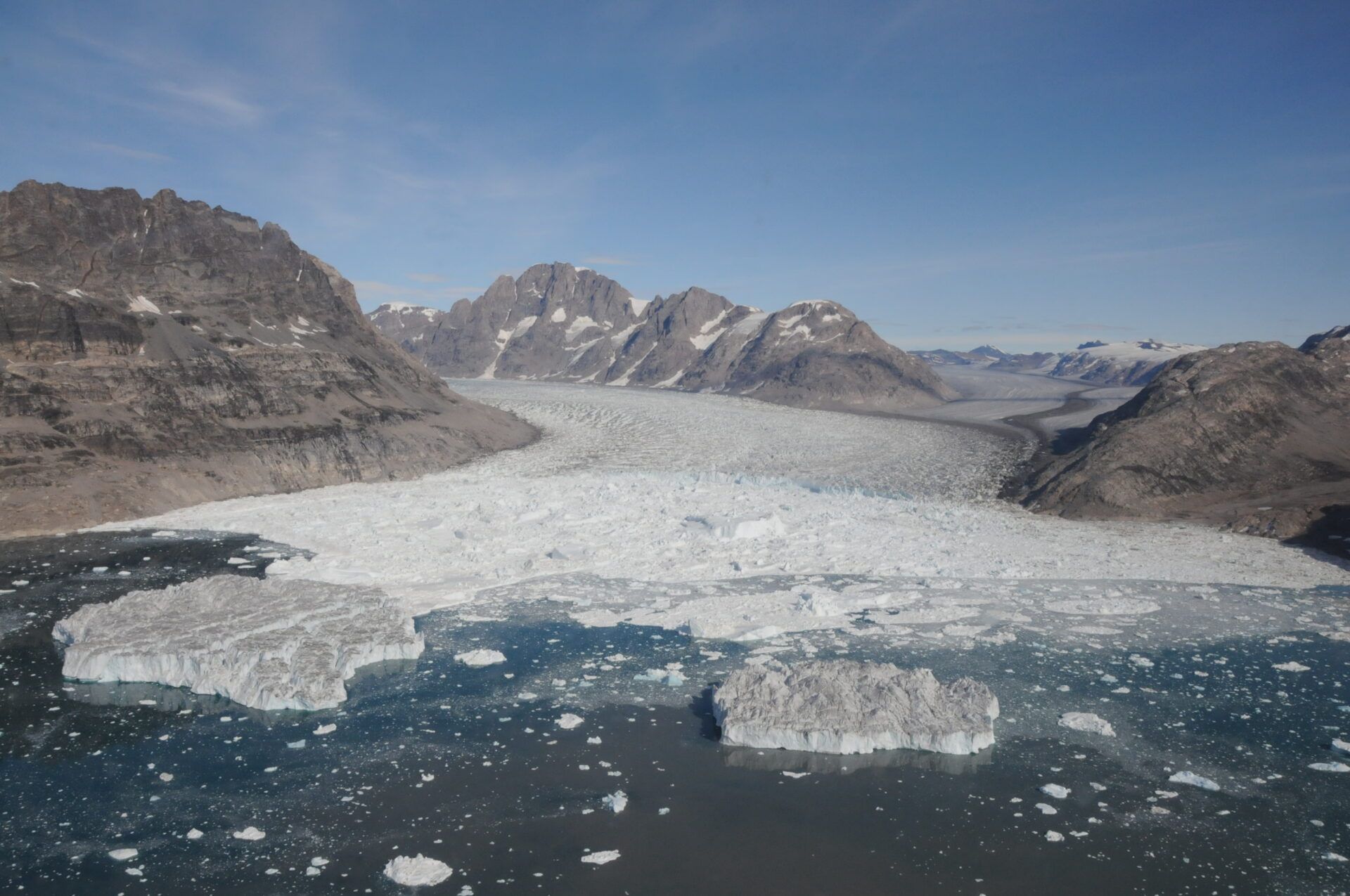
The key question is whether we, the people, will address climate change fast enough to minimize how many of these vicious amplifying cycles manifest, and how quickly they proceed.
Average global sea level has risen four inches since 1993. Despite sounding like a small number, this is already causing more destructive storms, land loss, and flooding. Since sea level rise is not spread evenly across the world’s coasts, some are being especially hard hit, like the US Gulf Coast. The choice now is not between rising seas or stable seas. Instead, the choice is about whether seas rise at a pace similar to today, or begin—perhaps in as little as a few decades—to rise much more rapidly. Communities are already struggling to adapt to today’s pace of change. It is likely unreasonable to hope that we could adapt at all to much faster inundation.
Studies projecting the future of the Greenland Ice Sheet based on potential scenarios of human society and emissions show a stark difference based on how much heat-trapping gas we emit. Rapid and increased—indeed, truly transformational—actions that achieve the most ambitious Paris Agreement target of no more than 1.5 degrees Celsius warming above the preindustrial era (the 1850-1900 average temperature) are projected to keep most—perhaps 80 percent—of Greenland ice intact in the year 3000 (Aschwanden et al. 2019). Staying just within Paris Agreement goals of 2.0 degrees Celsius warming already more than doubles Greenland ice loss by 3000. And slipping backward into a worst-case scenario that leads towards 4.0 degrees Celsius of warming by 2100 could remove all of Greenland’s ice by 3000, with especially high rates of sea level rise during approximately the next 300 years. I feel overwhelmed even imagining this most dire case.
We will begin to observe and feel the divergence between these scenarios by the 2050s and 2060s (Edwards et al. 2021). By 2100, the worst-case scenario would already produce three times more ice loss from Greenland than the most ambitious climate action scenario (Goelzer et al. 2020).
Slowing the snowball
Most so-called “tipping point” definitions emphasize crossing a critical threshold beyond which large, accelerating, unstoppable, and irreversible change occurs. Ice loss in Greenland is already large, greatly accelerated from centuries of near stability, and irreversible.
But these definitions fail to inform us of the most important takeaway: Though a tipping point for future ice loss is already crossed, the pace of this loss is still not set in stone. Every incremental increase in temperature increases risk and damage, like a snowball rolling down a hill. If we continue to let the snowball grow, it only becomes bigger and more dangerous. Early and strong action is the most powerful use of our energy and dollars. And because our climate system is intricately linked from town to city to farm to country, the actions that will keep ice in Greenland are the very same actions that influence every tipping point system in this issue, and every climate impact we’ve heard about in the news. Burning less oil and gas means cleaner local air, and less ice loss. Reducing food waste means fewer emissions, lower disposal costs, and less ice loss. A better-insulated home means less energy and money needed for heating and cooling, and less ice loss.
There’s another important lesson the Greenland Ice Sheet can teach us about how we respond in this moment of climate crisis. The ice sheet today covers an area two-and-a-half times the size of Texas and holds ice that has been in place for more than 800,000 years. Transitioning our cultural, political, economic, food, and social systems must come with a similarly vast global transition and sustainable thinking that shifts from years towards millennia.
It’s time to stop admiring the problem and start investing more time and energy into implementing solutions. A one-two effort to eliminate new heat-trapping gas emissions and then remove the pollution we’ve already added to our air is necessary. Benefits in our lifetime are possible, and realization of a future in which we consistently remove heat-trapping gases from our air could even curve a system the size of the Greenland Ice Sheet towards stabilization and even regrowth in future millennia (Bochow et al. 2023). The first step towards that future begins today, and we are all participants in tipping the scale in the right direction.
Together, we make the world safer.
The Bulletin elevates expert voices above the noise. But as an independent nonprofit organization, our operations depend on the support of readers like you. Help us continue to deliver quality journalism that holds leaders accountable. Your support of our work at any level is important. In return, we promise our coverage will be understandable, influential, vigilant, solution-oriented, and fair-minded. Together we can make a difference.
Keywords: Greenland Ice Sheet, climate change, climate system, sea level rise, tipping points
Topics: Climate Change, Special Topics

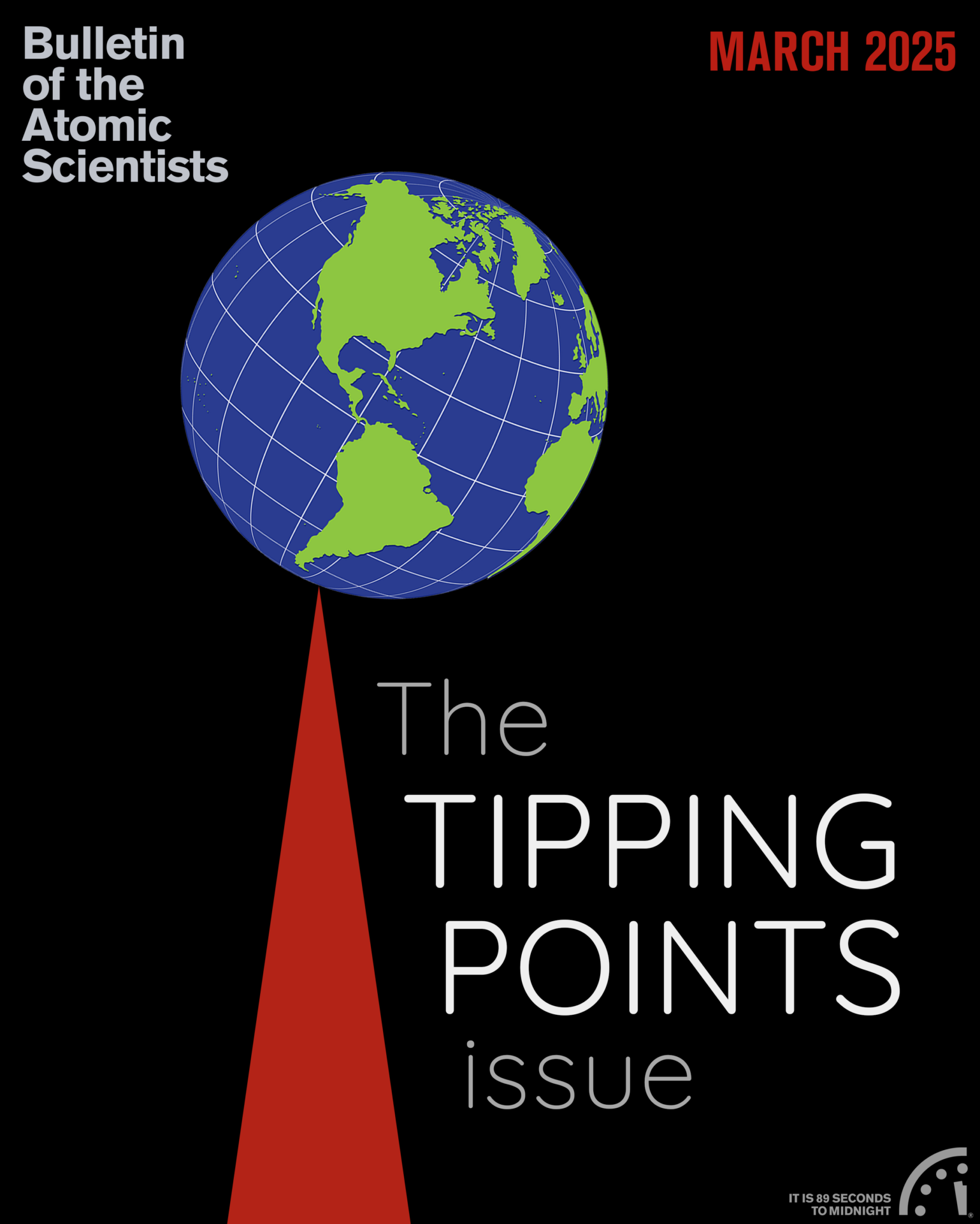
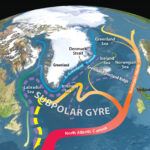
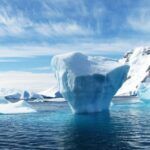





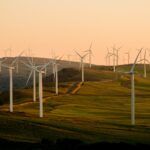

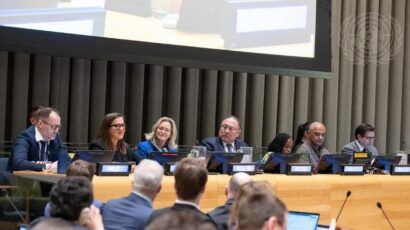


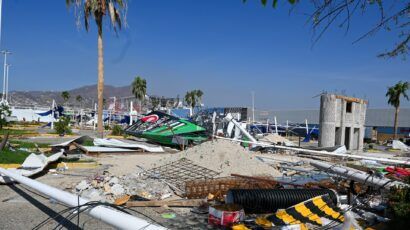
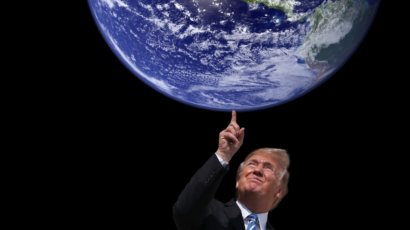


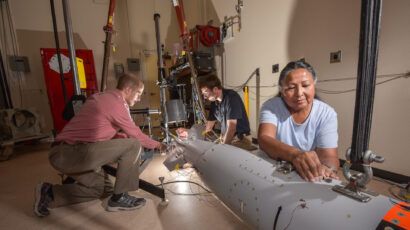
No one seems to grasp that overpopulation is the root cause of what’s happening.